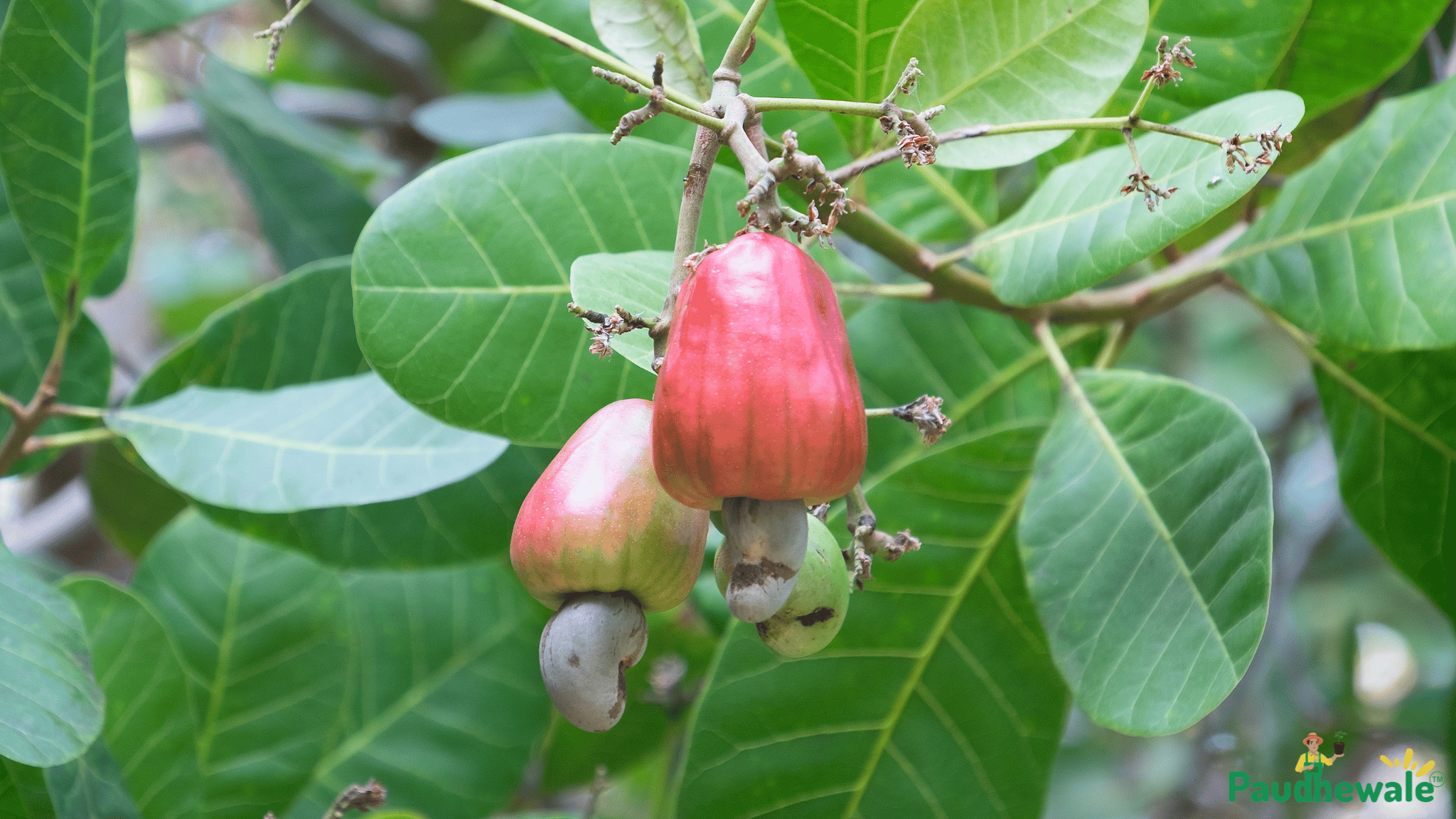Growing your own cashew tree can be a rewarding venture, whether you’re aiming to enjoy the delicious nuts or simply appreciate the tree’s unique beauty. At paudhewale.com, we’re dedicated to providing you with the best plants, seeds, and gardening essentials to make your cultivation journey successful. In this guide, we'll explore the nutritional benefits of cashews and offer detailed insights into the best practices for growing and caring for your cashew tree.
Nutritional Benefits of Cashews
Cashews, often enjoyed as a delicious snack, are not just tasty but also packed with essential nutrients. They are rich in healthy fats, proteins, and vitamins like B6, E, and K. Additionally, cashews contain minerals such as magnesium, phosphorus, and zinc, which are vital for maintaining good health. Including cashews in your diet can help boost heart health, support bone health, and provide a good source of antioxidants.
Climate and Soil Requirements for Cashew Tree Cultivation
Growing cashew trees successfully begins with understanding their climate and soil needs. Cashew trees thrive in tropical climates with temperatures ranging between 24°C and 28°C. They prefer regions with distinct wet and dry seasons, as excessive rainfall can harm the tree.
The ideal soil for cashew trees is well-drained sandy or loamy soil with a pH level between 5 and 6.5. Ensure the soil is deep and free from waterlogging, as cashew trees do not tolerate stagnant water well. A site with good sunlight exposure is also crucial for healthy growth.
Propagation Methods for Cashew Tree Plants
.png)
Cashew trees can be propagated through seeds or vegetative methods. Each method has its advantages and considerations:
Seed Propagation
- Selecting Seeds: Choose fresh and healthy seeds from a reputable source. Avoid seeds that are shriveled or damaged.
- Soaking: Soak the seeds in water for 24 hours to encourage germination.
- Planting: Plant the seeds directly into the soil or in seedling trays, burying them about 2-3 cm deep.
- Germination: Keep the soil moist but not waterlogged. Seeds usually germinate within 3-4 weeks.
Vegetative Propagation
- Grafting: This involves joining a scion (a young shoot) of a desired variety to a rootstock. This method ensures the new plant inherits the parent plant's desirable traits.
- Air Layering: A branch of the parent tree is wounded and wrapped with moist soil or sphagnum moss until roots develop. The branch is then cut and planted as a new tree.
Planting and Spacing Guidelines for Cashew Trees
.png)
Proper planting and spacing are crucial for cashew tree development:
- Site Preparation: Clear the area of weeds and debris. Dig holes about 60 cm deep and wide.
- Spacing: Space the trees about 10-12 meters apart. This allows sufficient room for the trees to grow and spread their branches without competing for resources.
- Planting: Place the seedling or grafted plant in the hole, backfill with soil, and gently firm it down. Water the newly planted tree thoroughly.
Watering and Fertilization Needs of Cashew Tree Plants
.png)
Watering
Cashew trees require regular watering, especially during the first few years of growth. Here are some guidelines:
- Young Trees: Water weekly, ensuring the soil remains moist but not waterlogged.
- Mature Trees: Reduce watering frequency but ensure the trees receive adequate moisture during dry spells.
Fertilization
Fertilizing cashew trees enhances their growth and productivity:
- Organic Matter: Incorporate compost or well-rotted manure into the soil before planting.
- Nitrogen, Phosphorus, and Potassium (NPK): Apply a balanced NPK fertilizer during the growing season. Follow the recommended dosage on the fertilizer package.
- Micronutrients: Supplement with micronutrients like zinc and boron if the soil is deficient.
Pruning and Training Techniques for Cashew Trees
.png)
Pruning and training help shape the tree and promote healthy growth:
- Formative Pruning: In the first few years, remove any weak or diseased branches and encourage a strong central leader.
- Maintenance Pruning: Annually, remove dead, diseased, or crossing branches to improve air circulation and light penetration.
- Training: Train the tree to a single trunk for easier management and harvesting.
Common Pests and Diseases of Cashew Tree Plants
Cashew trees are susceptible to various pests and diseases:
Pests:
- Cashew Stem and Root Borer: Larvae bore into stems and roots, causing wilting. Remove and destroy infested parts.
- Tea Mosquito Bug: Causes leaf and fruit damage. Use insecticides or natural predators to control them.
Diseases:
- Powdery Mildew: A fungal disease causing white powdery growth on leaves. Apply fungicides and ensure good air circulation.
- Anthracnose: Causes dark lesions on leaves and fruits. Remove affected parts and use fungicides.
Harvesting and Processing Cashews
Harvesting cashews requires patience and careful handling:
- Harvesting: Cashew nuts are ready to harvest when the apple (fruit) turns red or yellow. Gently twist the nut off the apple.
- Drying: Spread the nuts in a single layer to dry in the sun for a few days.
- Processing:
- Shelling: Crack open the hard outer shell to extract the kernel.
- Roasting: Roast the kernels to remove any remaining toxins.
- Peeling: Remove the thin inner skin to reveal the edible nut.
Conclusion and Final Tips for Successful Cashew Tree Cultivation
Growing cashew trees can be a fulfilling experience with the right knowledge and care. Ensure your trees have the proper climate, soil, and care to thrive. Regular monitoring for pests and diseases, proper pruning, and timely harvesting will yield a bountiful crop. At paudhewale.com, we provide all the essentials you need for successful cashew tree cultivation. Start your gardening journey with us today and enjoy the numerous benefits of home-grown cashews.


.png)
.png)